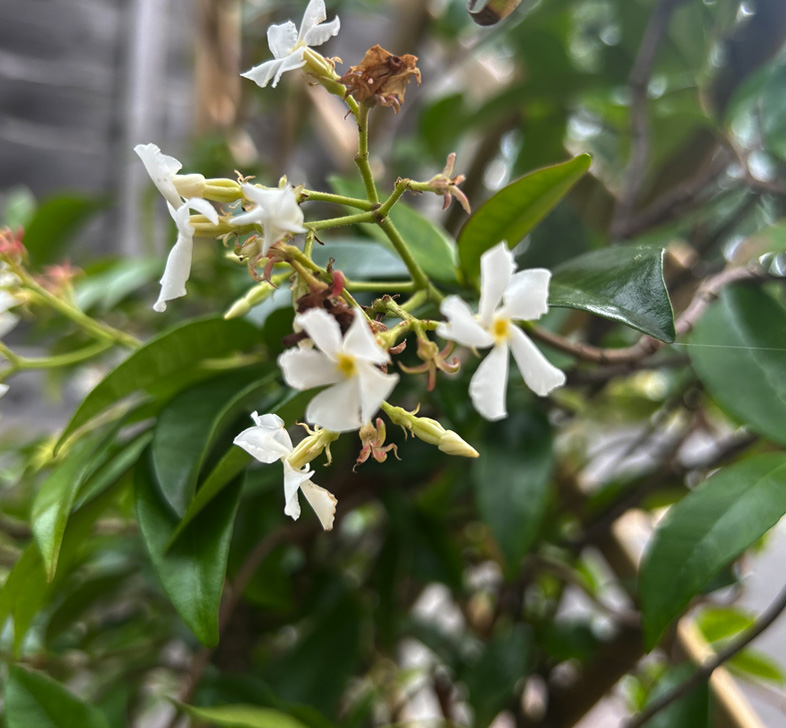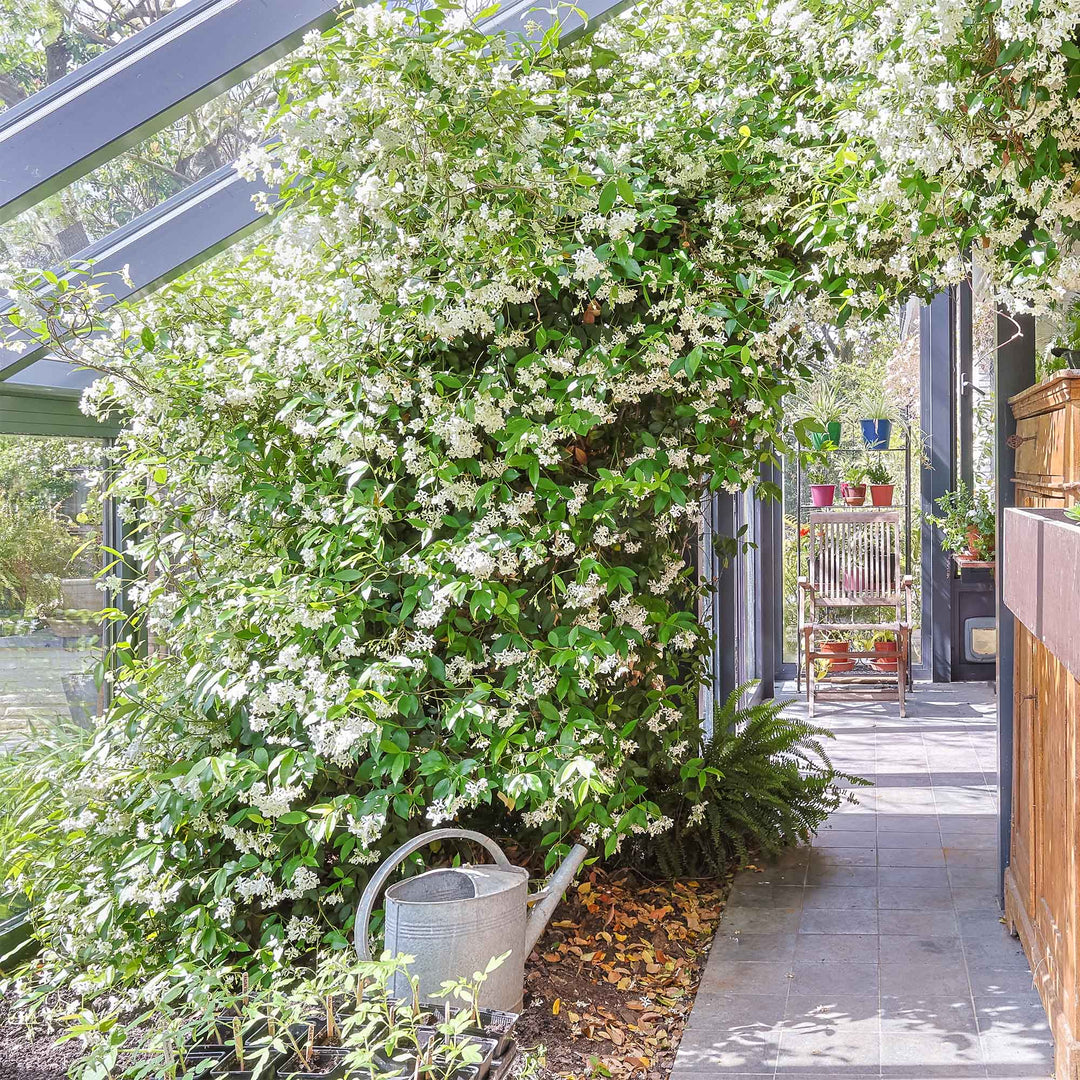7 Ultimate Climbing Jasmine Tips for Lush, Fragrant Vines
Climbing jasmine is a stunning, fragrant plant that adds elegance to trellises, walls, fences, and pergolas. Its sweet scent and lush green foliage make it a favorite among gardeners looking to beautify outdoor spaces. With the right care, climbing jasmine can transform your garden into a fragrant paradise.
In this guide, we’ll explore 7 ultimate tips for planting climbing jasmine to help your vines thrive, bloom beautifully, and fill your garden with delightful fragrance.
Climbing jasmine is a beautiful plant. It smells sweet. It looks lovely. You can grow it easily. This guide will show you how.
What is Climbing Jasmine?
Climbing jasmine is a vine. It grows up walls and fences. Its flowers are white or yellow. They are small and star-shaped. The plant can grow very tall. It can reach up to 15 feet.
Why Plant Climbing Jasmine?
Climbing jasmine is great for gardens. It adds beauty and scent. It attracts bees and butterflies. This helps your garden stay healthy.

Credit: www.monstera-app.com
Choosing the Right Spot
Climbing jasmine loves the sun. It needs at least six hours of sunlight. Choose a spot with good sunlight. The plant also needs support. A wall or fence works well. Make sure the soil is well-drained. This helps the plant grow strong.
Preparing the Soil
Good soil is important. It should be rich in nutrients. You can add compost to the soil. This will help. Mix the compost well into the soil. The soil should be moist but not wet. Test the soil before planting. If it is too dry, water it.

Credit: www.relentlessgardener.co.uk
Planting Climbing Jasmine
Spring is the best time to plant. The weather is warm. The plant will grow well. Follow these steps to plant climbing jasmine:
- Dig a hole. The hole should be twice as wide as the root ball.
- Place the plant in the hole. Make sure the top of the root ball is level with the soil.
- Fill the hole with soil. Press down gently to remove air pockets.
- Water the plant well. This helps the roots settle.
- Place mulch around the base. This keeps the soil moist.
Caring for Climbing Jasmine
Climbing jasmine needs care. Here are some tips:
- Water the plant regularly. Do not let the soil dry out.
- Prune the plant in spring. This helps it grow better.
- Fertilize the plant once a month. Use a balanced fertilizer.
- Check for pests. Remove any pests you find.
Training the Plant
Climbing jasmine needs support. You can train it to grow up. Use ties to attach it to a fence. Be gentle. Do not damage the plant.
Common Problems and Solutions
Sometimes, problems happen. Here are some common ones and how to fix them:
| Problem | Solution |
|---|---|
| Leaves turn yellow | Check watering. Too much or too little can cause yellow leaves. |
| No flowers | Check sunlight. The plant needs enough sunlight to bloom. |
| Weak growth | Fertilize the plant. It may need more nutrients. |
| Pests | Remove pests by hand. Use natural pest control if needed. |
Benefits of Climbing Jasmine
Climbing jasmine is more than just pretty. It offers many benefits:
- It purifies the air. This makes your garden healthier.
- Its scent can calm you. It is great for relaxation.
- It provides shade. This can cool your house.
- It attracts pollinators. This helps other plants grow.
Frequently Asked Questions
How Do I Plant Climbing Jasmine Successfully?
Choose a sunny spot with well-drained soil. Plant in spring or fall for best growth.
How Much Sunlight Does Climbing Jasmine Need?
Climbing jasmine thrives in full sun to partial shade. Aim for 4-6 hours of sunlight daily.
What Type Of Soil Is Best For Climbing Jasmine?
Well-drained, fertile soil with a neutral to slightly acidic pH suits climbing jasmine well.
How Often Should I Water Climbing Jasmine?
Water climbing jasmine regularly during the first year. Keep soil moist but not soggy.
Conclusion
Planting climbing jasmine is easy. It makes your garden beautiful. Follow this guide to enjoy its beauty and fragrance. Happy planting!
4 min read

